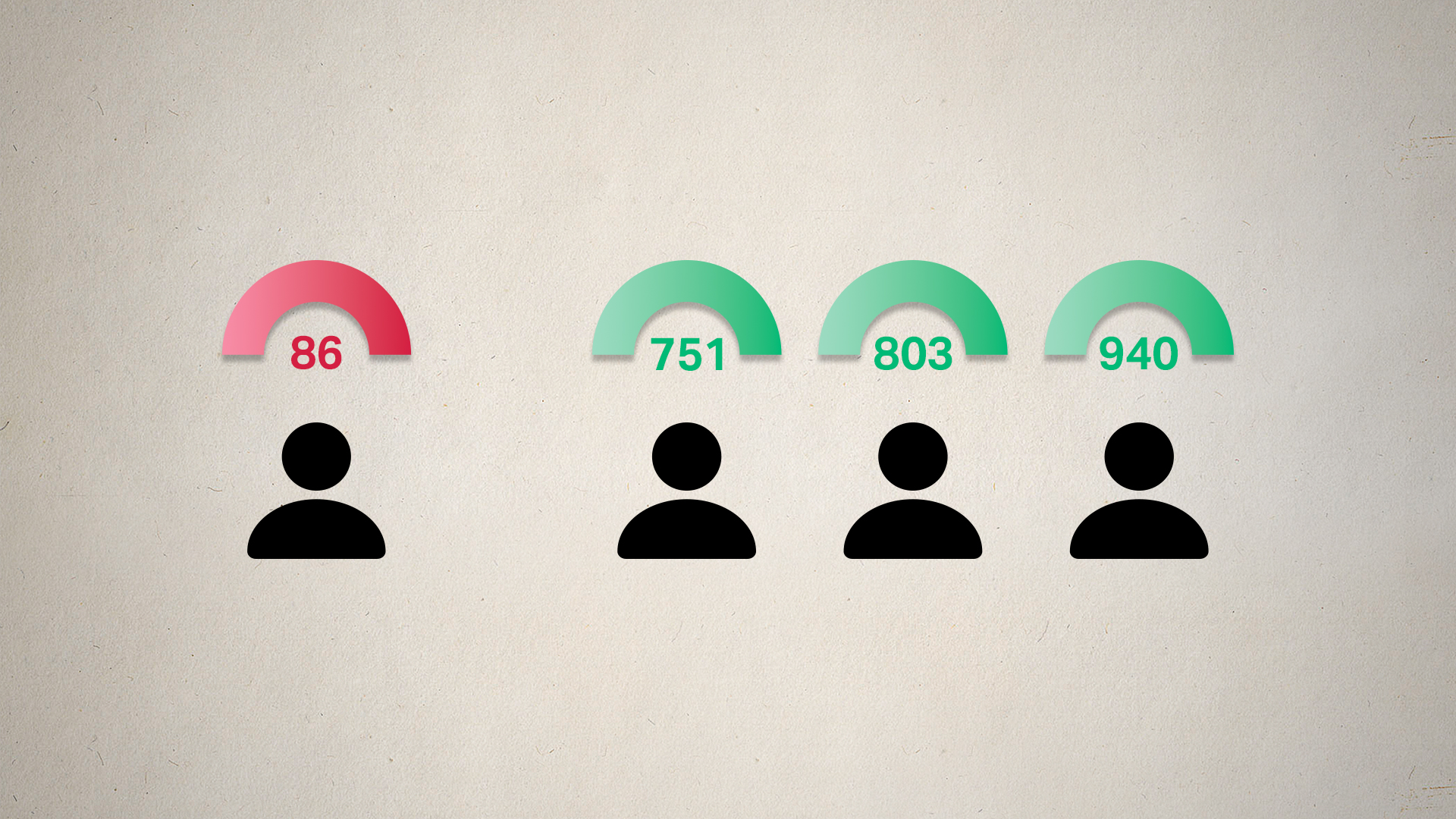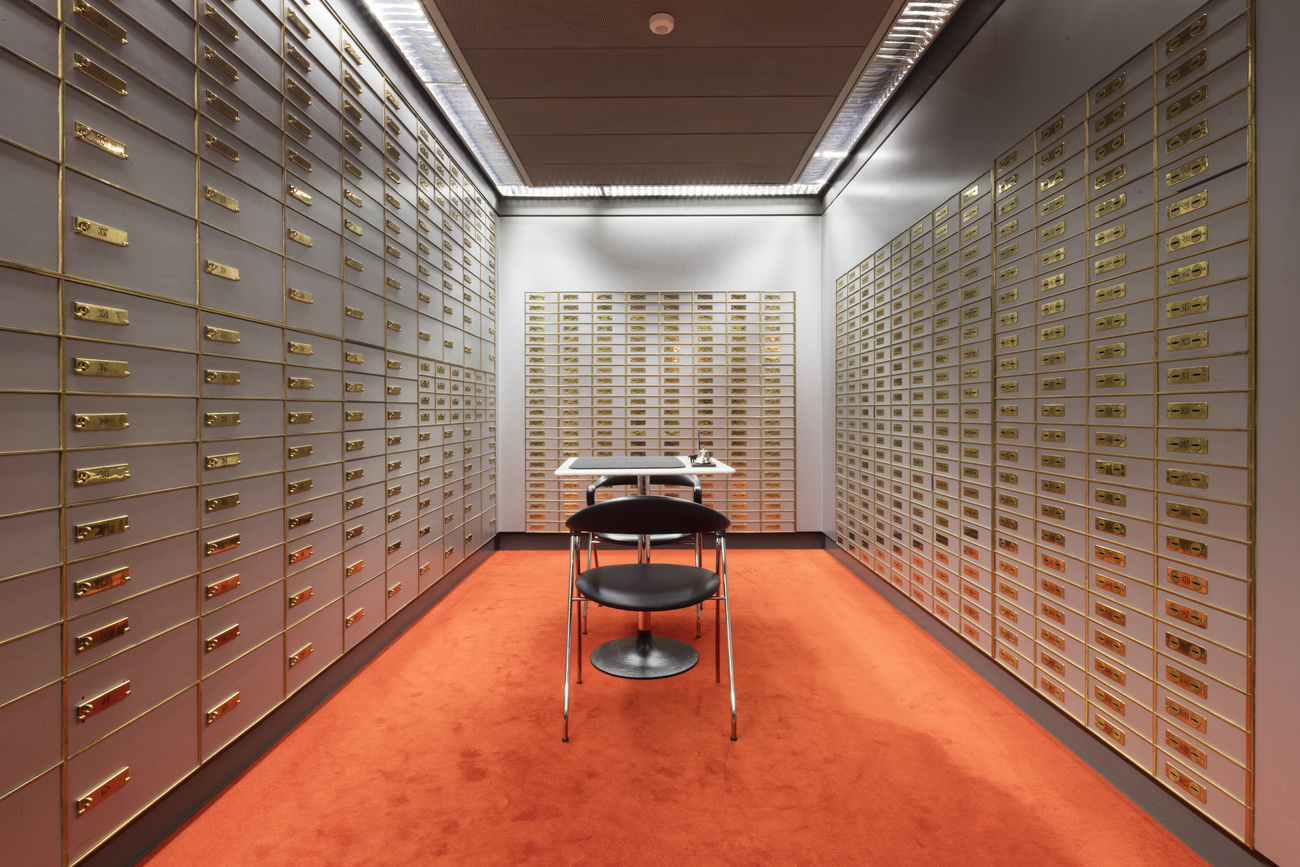
Café complet – where does the classic cold meal come from?

Cold cuisine, a hot trend? The Swiss café complet is going viral on TikTok as "Girl Dinner".
Big media outlets took notice when American TikToker Olivia Maher promoted her “Girl Dinner” as a meal and the video went viral.
The “New York Times”External link, the“Guardian”External link and the “Washington Post”External link tried to break down the supposedly new culinary phenomenon.
The “Girl Dinner” is a dinner consisting of snacks. The independent, modern “girl” reaches into the fridge, eats leftovers, cooks for no one. She enjoys a cold meal with bread, cheese, cold cuts, grapes – just for herself. Uncomplicated and liberating, according to “Girl Dinner” fans.
Swiss women already know this. In essence, the “girl dinner” is their “café complet“. In a manner of speaking, it’s the kind of supper their parents grew up with. But where does it come from?
Origin in the mountains
The very first mention of the Café complet was in hotel advertisements in the 1870s. Hoteliers from the Bernese Oberland, Central and Western Switzerland used it to attract tourists.
“It was often hotels in the mountains that promised the weary hiker a motivating dinner,” explains Dominik Flammer. He has been researching the history of food and food traditions for 30 years and has written several books.
In its original version, the café complet included: Bread, butter, jam, honey, cheese and a very small latte. French-speaking Swiss also served desserts with it, such as the deep fried pastry beignets. The cold cuts came later.
Coffee instead of schnapps
On its advance through Swiss kitchens, the café complet received support from an unexpected camp – the temperance movement. They campaigned for the main ingredient of café complet: coffee.
“At the time, there was a liquor plague in Switzerland,” explains Flammer. Associations such as the Blue Cross or the “Women’s Association for Temperance and Public Welfare”, now the Zurich Women’s Association, propagated coffee in the evening in order to get schnapps out of people’s minds.
But where does the name come from? No one knows exactly. Possibly because people were full after a café complet. Thanks to the mix of protein, fat and carbohydrates?
Flammer says the name was one thing above all: en vogue.
“In the 1870s it was fashionable for everything to sound French.”
It was the time when “mille-feuilles” and “éclairs” also came into patisseries. The menus of Swiss restaurants suddenly had French names.
“People wanted to appear international and sought to borrow from France. This also applies to the café complet,” explains Flammer.
But international also meant expensive. Initially, the café complet was a luxury meal – above all because of the coffee. It came here via Northern Italy and France and was reserved for the well-heeled.
Then what happened was familiar from other foods: the lower crust wanted what the upper crust loved. Demand for coffee grew and prices fell.
Moreover, with industrialisation, wages and the economic situation of many people improved. People could afford such products.
An emancipatory meal
The café complet reached its zenith after the Second World War. The cold dinner became a habit, mainly for practical reasons. More and more women were working, on the road all day and no longer wanted to cook sumptuous meals in the evening.
“The café complet invalidated the traditional role model of the woman at the stove. It is one of the first dinners that contributed to emancipation,” hypothesises Flammer.
From satiating to fattening
In the 1970s and 80s, discussions about healthy eating flared up. Experts warned that we no longer needed 5,000 calories a day. Most people no longer toiled physically in factories or in the fields.
The café complet became a thorn in the side of the medical profession. It was too unbalanced and had to be supplemented with vegetables and fruit. The highly praised belly filler was deemed fattening.
“The call for lighter food and more Mediterranean cuisine was the decisive factor in the slow disappearance of the café complet,” says Flammer.

In compliance with the JTI standards
More: SWI swissinfo.ch certified by the Journalism Trust Initiative

































You can find an overview of ongoing debates with our journalists here . Please join us!
If you want to start a conversation about a topic raised in this article or want to report factual errors, email us at english@swissinfo.ch.